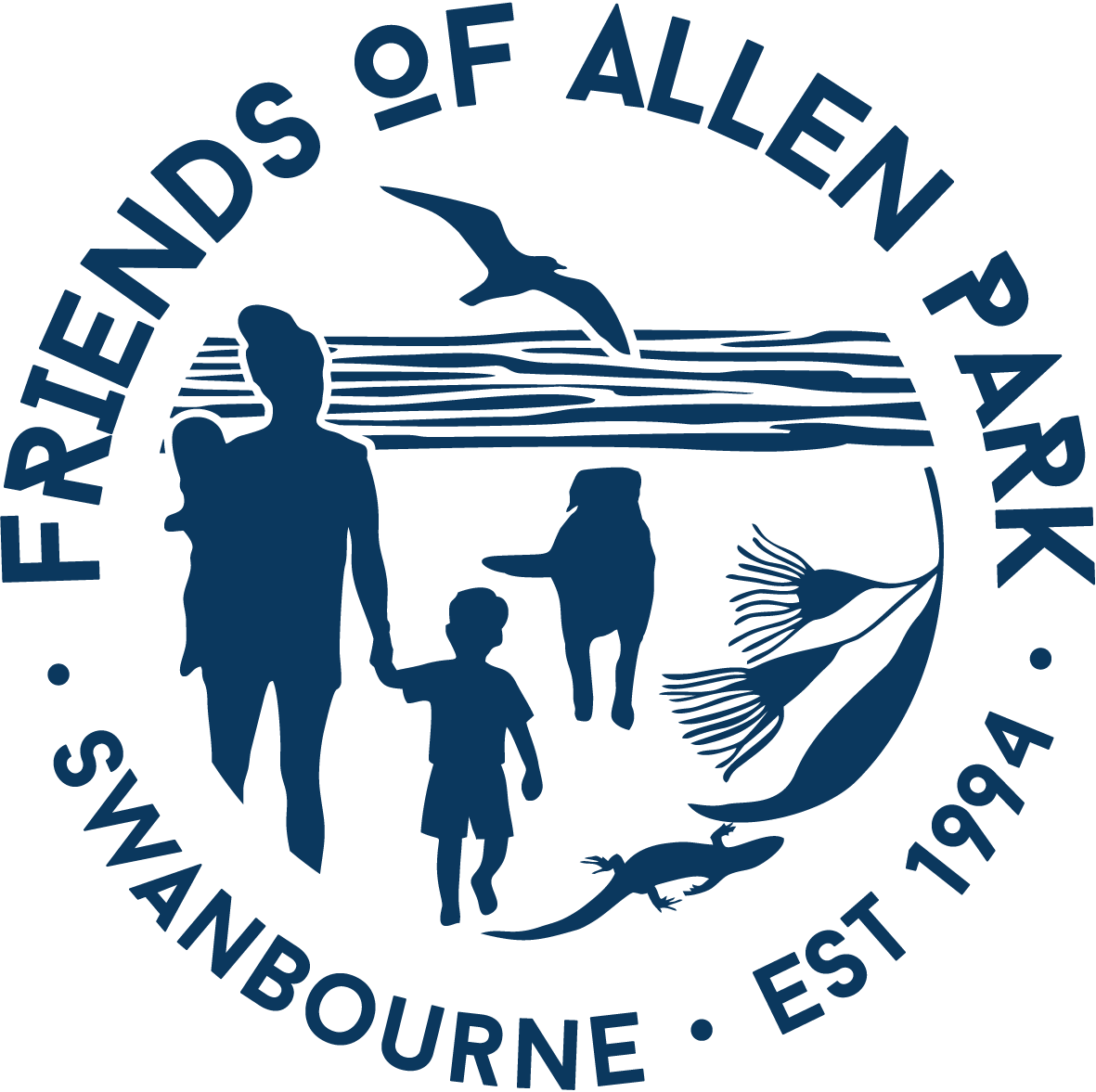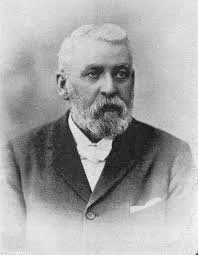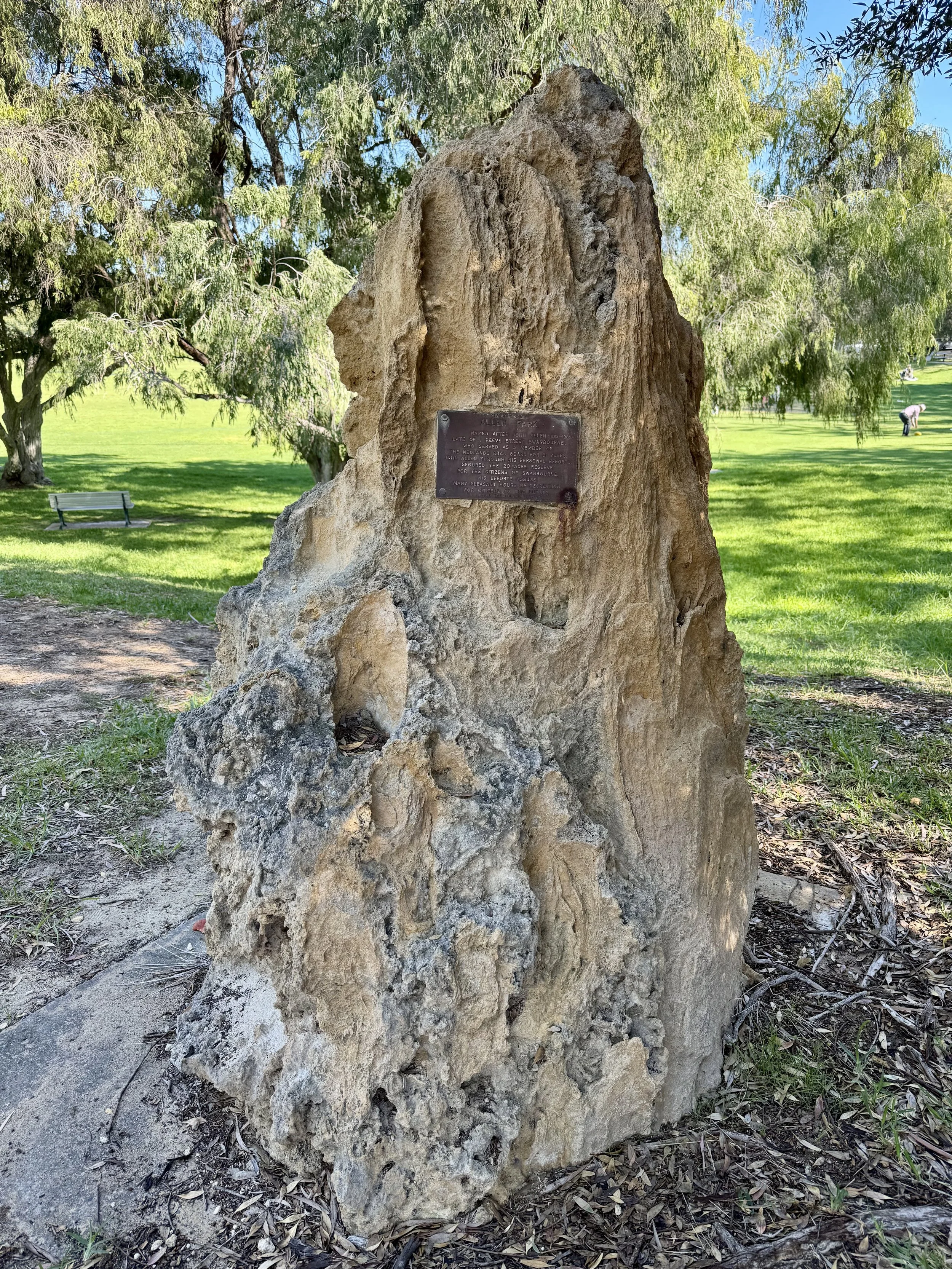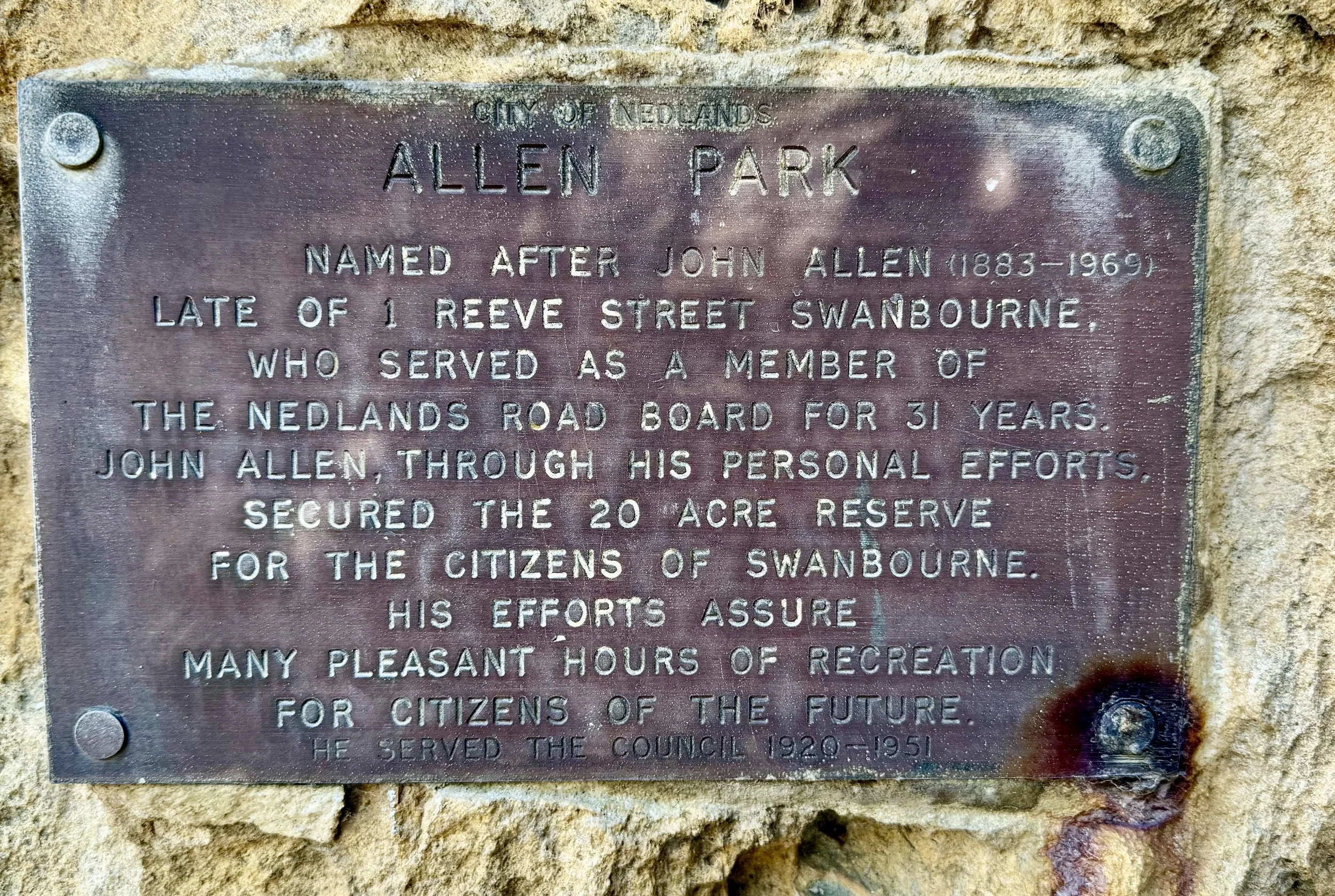
The Bush Precinct is a haven for nature lovers, bushwalkers and those seeking quiet time away from a busy world.
The Sports Precinct is a place of fierce competition where competitors and their supporters from all around Perth and further afield come to enjoy a variety of sports all year round; including tennis, cricket, Aussie rules footy and rugby.
The Heritage Precinct is home to a number of beautifully restored 20th century houses, which provide meeting places for many community groups, and a permanent home to the Fellowship of Australian Writers (WA).
Allen Park’s Precincts & History
CREATION OF ALLEN PARK
In 1897, WA's first Commissioner of Crown Lands and second Premier of Western Australia, the Hon George Throssell (see picture below), introduced the ‘Permanent Reserves Act 1897’.
This enshrined in law the classification system for Crown reserves in Western Australia. At that time, three Classes of land were created – A, B and C.
Such is the importance of Class A status, it requires an Act of Parliament to change this protective classification. This means both houses of the WA Parliament must agree to the change.
The passing of the Permanent Reserves Act 1897 saw Kings Park's Crown reserves classified as Class A in 1900.
The following year (1901), Swanbourne’s Crown Reserve 7804 was classified a Class A reserve and known as Throssell Park until 1931.
In 1931 the area was re-named Allen Park in honour of Mr John Allen (see adjacent historical information).
The classification of Allen Park as a Class A reserve has served the community well for over a century and remains a haven for not only the local community but for the broader Perth community which enjoys its sporting facilities, the nationally recognised Whadjuk Bush to Beach Trail from Kings Park to Cottesloe, exercise opportunities (with or without dogs) or simply a place for quiet contemplation.
Only retention of Allen Park’s Class A status will provide the protection to guarantee that this extraordinary jewel located in the Coastal Ward of the City of Nedlands will endure for generations to come.
Hon George Throssell
ALLEN PARK’S MILITARY CONNECTIONS
An interesting part of the Allen Park story relates to the continuing military connection of this land from WW1 to the present day.
In 1915, Second Lieutenant Hugo Vivian Hope Throssell VC (1884-1933), son of George Throssell, second premier of WA and sponsor of the Class A, B & C Land Classification system, was the first Western Australian in the WW1, and the only Australian Light Horseman, to receive the Victoria Cross (VC), the highest award for valour in battle (Gallipoli) that could be awarded to a member of the Australian armed forces at the time. Hugo Throssell returned from the war and died at Northam in 1933; he is buried at Karrakatta Cemetery, Anglican Section, BZ Grave 302.
The second military connection in the history of Allen Park relates to Councillor John Allen. Mr Allen was a returned Gallipoli veteran who received an Honourable Mention in 1920. He became a Councillor of the Claremont Roads Board/City of Nedlands and served in that capacity for thirty-one years.
During the period 1920 - 1926 Councillor Allen devoted his personal time to finding owners of lots across 15 acres of land, and arranging the purchase of that land on behalf of the Council in order to expand Throssell Park Reserve 7804. Those 15 acres are now Class A reserve 19349.
In recognition of the extraordinary work of Councillor John Allen, Throssell Park Reserve was re-named ‘Allen Park’ in 1931.
The third military connection occurred in the 1950s.
The Special Air Service Regiment (SASR), commonly known as the SAS, is a special forces unit of the Australian Army. Formed in 1957 as a company, it was expanded to a regiment in August 1964, and its base became Campbell Barracks in Swanbourne which is immediately adjacent to Allen Park reserves. Subsequently an on-base accommodation ‘suburb’ called Seaward Village was established for SAS personnel and their families. Their connection with, and support of Allen Park, has been longstanding as they have long been an integral part of the Swanbourne community.
Memorial to John Allen on Kirkwood Street, Swanbourne
Plaque on John Allen’s memorial



